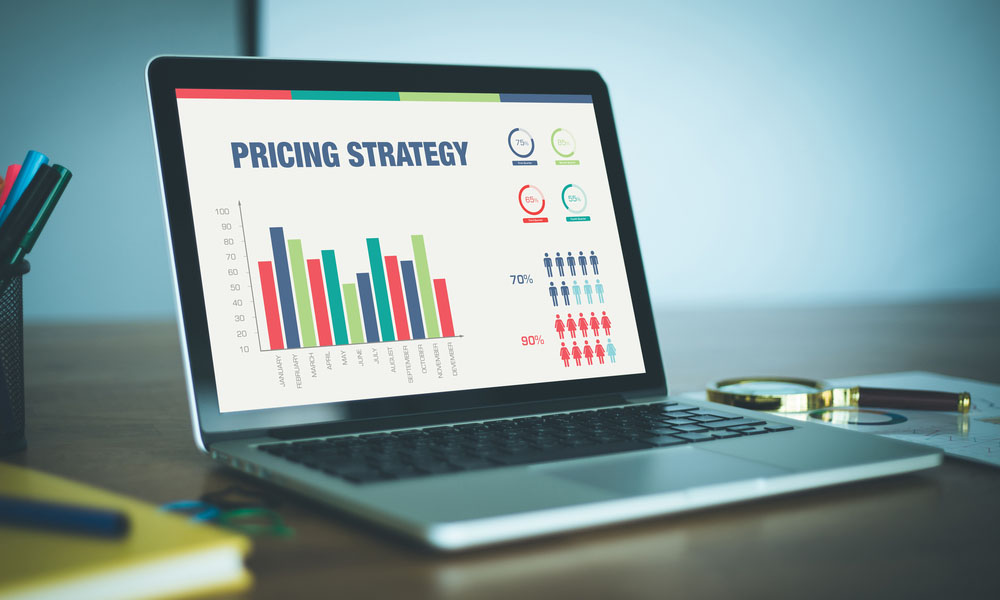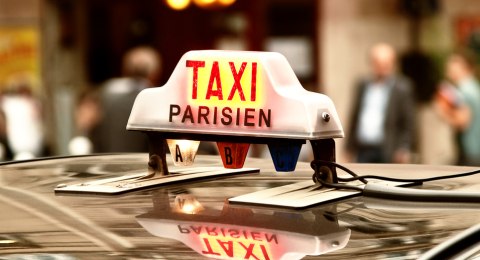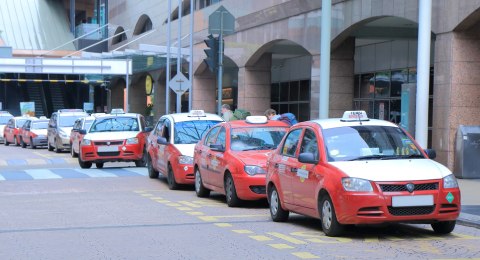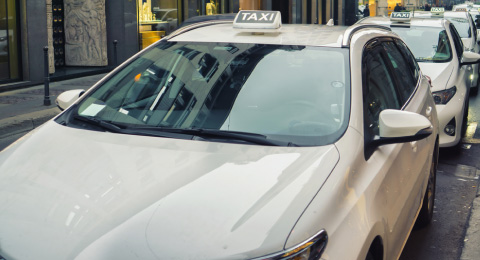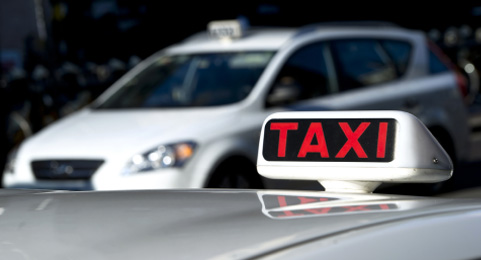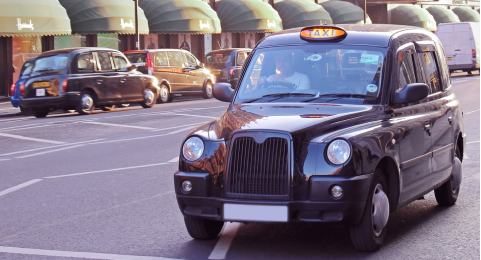Whether you are running a restaurant, cafe, bakery, or any food business, product pricing is the major and most critical part of your venture. It seems a daunting thing to get it right because there are many other factors that you need to consider. Getting them all aligned demands a serious endeavor, but it’s not impossible. Don’t worry, here we have come up with restaurant menu pricing strategies that keep your business afloat in the saturated restaurant industry.
- Understand the Formula of Gross Profit Margin
- Strategies to Calculate Menu Price According to Food Cost Percentage
- Determine Restaurant Menu Price Based on Gross Profit Margin
- Gross Profit Margin Decide Your Net Profits
- Why Restaurant Menu Pricing Strategies?
- Competition Pricing Method
- Demand Drive Pricing Method
- Factors to Consider When Making a Successful Restaurant Food Pricing Strategy
When you are launching a new restaurant, creating an eye-catchy menu is the fun part. You may oversee rival’s menus and consider them as a reference, but how do you know how much to charge for a particular dish that makes a profit and keeps you in the business.
For restaurant entrepreneurs, focusing on menu price is the major factor that affects the bottom line and customer base. If your food items prices are too low, you will be left with zero profit, whereas you will fail to increase order volume and sales if your prices are too high. So what factors and methods should you consider that drive optimum profit and compensate for all the costs.
Further, in the restaurant industry, online ordering has become a new normal, so you also need to design an online menu that highlights your signature dishes and entices customers. So let’s discuss in detail how to create a well-balanced restaurant menu that helps you set the right prices. But before that, we need to understand how to calculate gross profit margin.
Understand the Formula of Gross Profit Margin
Before heading towards restaurant menu pricing strategies, you should equally pay attention to gross profit margin percentage. In simple terms, whatever leftover after deducting all the expenses is considered as gross profit margin.
The simplest way to calculate this percentage is to divide your total expenditure into two categories: food cost and wages to labor. Ideally, restaurant business owners spend 30% on food costs and the same percentage on labor. Here you can realize you will be left with the rest of 40% that can be considered gross profit, but make sure you also need to consider marketing, rent, etc.
After meeting all the above expenses, whatever you left with called final net profit.
Strategies to Calculate Menu Price According to Food Cost Percentage
Whether you are new to the restaurant business or want to modify your menu pricing, you can’t overlook food costs. Perform the below steps to create a base price for each dish according to your ideal food cost percentage.
- Evaluate your ideal food cost percentage
- Consider the raw material cost
- Calculate each menu price
And its equation looks like this: raw food cost item/ideal food cost percentage= menu price.
Determine Restaurant Menu Price Based on Gross Profit Margin
Above, we have discussed how to calculate gross profit margin. Here we will understand in detail how to use your gross profit margin to decide an accurate menu price.
- Choose your gross profit margin
- Calculate your price
Let’s understand this with a detailed example.
For instance, your menu price for french fries is $26.00, and your raw food cost is $6. Now equitation look like this, ($26.00-$6.00)/$26.00= 0.76. It means 76% is the gross profit margin. In this example, the restaurant generates 76 cents on the dollar for every french fries sold, which is quite impressive in the restaurant industry.
Gross Profit Margin Decide Your Net Profits
Gross profit is an important part when it comes to deciding menu pricing, and it also helps you decide net profit that eventually affects your bottom line. So now you must be thinking about how to determine net profit.
Gross profit- (wages operating cost)= net profit/loss
Here you can see the greater your gross profit, the more you will earn after deducting all the expenses.
Why Restaurant Menu Pricing Strategies?
Menu pricing is the important factor behind your restaurant’s success. Your menu pricing directly impacts your bottom line; food cost and gross profit margin are internal factors; in the same way, you also need to consider external factors such as competition and customer base.
The simple logic is dishes with low food cost percentages and high gross profit margins will automatically boost your profitability. However, several factors such as menu item, type of restaurant you are running, the demand of the dish, and much more also affect menu pricing.
Below we have explained two methods that help you create the most effective menu pricing.
Competition Pricing Method
This is the most popular pricing strategy, examining and evaluating close rival’s strategy and menus. Your competitor may have a lower menu pricing and compelling you to lower your price to attract more customers. There are mainly three competition-driven methods; you can choose any one of them,
- Price the item as per your competitor
- Price the item slightly lower to attract more customers
- Price the item little higher for those who prefer quality
Demand Drive Pricing Method
This model depends on supply and demand. If the demand for food is higher than the supply, people are willing to pay more for it. So, for example, you might have observed that food prices at Airports and clubs are slightly high because they know people don’t have an option to go somewhere else.
In the same way, restaurants with a special menu and a pleasant atmosphere can adopt this pricing strategy because they know guests will surely pay for food quality and ambiance.
Factors to Consider When Making a Successful Restaurant Food Pricing Strategy
Before choosing any pricing method, restaurant owners must consider various factors because it can create a major difference between the regular customers and optimum profits or fall flat within the first year.
- Create a detailed list of ingredients
- Leverage technology
- Consider all cost-saving opportunities
- Decide price based on your restaurant’s reputation
- Use menu engineering and psychology
Pay attention to these factors to gauge your menu pricing approach and drive success.
Pricing your menu items isn’t a cakewalk. Rather than guesswork, consider the tips mentioned above and formulas to make data-driven pricing decisions. Then, take your time to ensure your prices are perfect. That helps you sell many dishes and offers you attractive yields.
If you are engaged with the restaurant business and looking for digital solutions to expand your business reach, contact us, our team will assist you instantly.

